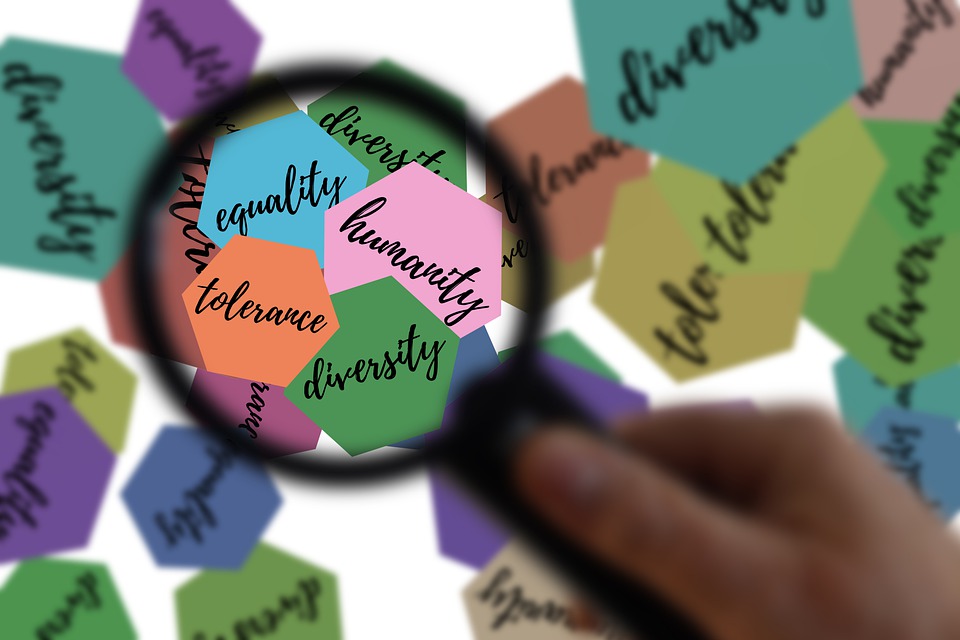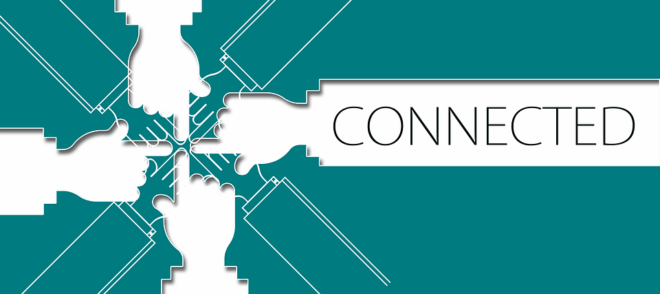As I wrote in my last article, building a culture of diversity, equity and inclusion (DEI) begins with leaders.
Leaders need to create an environment where ALL employees, regardless of their gender, race, ethnicity, religion, nationality, disability, sexual orientation, etc. feel welcome, valued, and included. An environment where ALL employees have opportunities for advancement and where ALL employees are treated equitably in matters of compensation, development, and benefits.
Equity and inclusion don’t just happen on their own. They need to be intentionally woven into HR strategies, policies, procedures, and leadership expectations. DEI shouldn’t be focused just in the hiring practice. It needs to continue throughout the employee experience. The commitment to DEI needs to be talked about at new hire orientation and reinforced at team meetings and at all hands meetings.
A recent Fast Company article – 5 Things You Probably Haven’t Thought of That Will Help You Be More Inclusive – provides some additional ways for companies to become more inclusive. Two of their tips stood out to me.
Focus on culture ADD not culture FIT. Too many workplaces are focused on hiring for culture fit. This framing is exclusionary and biased, especially when it comes to hiring for leadership roles. If your organization is made up of white men, then you’re consciously or unconsciously going to pattern match for a ‘culture fit.’”
As you do your workforce planning, think about hiring for people who aren’t already represented by race, gender, age, educational background, languages spoken – people who will add to your culture.
Cultivate cultural humility, not cultural competency. The difference is that cultural competency means learning about other cultures while retaining the idea that your culture is dominant. This approach assumes that the non-dominant culture’s way of doing things is often exasperating or exotic—a quirk to accommodate, not something to respect or learn from. Cultivating cultural humility means recognizing that you do not know everything about another’s culture, and that there may be a lot to learn from it.
The most inclusive companies evaluate their practices on a regular basis, collaborate with employees at all levels on how they can improve, and monitor their progress. They celebrate and reward those who add to the culture and recognize leaders who see potential in employees who may be different than the established norm.
If you need help improving diversity, equity and inclusion in your organization, please reach out to me at michelle@connecttohr.com.









 about their customers, about their community – significantly outperform their less-caring peers. People want to work there. Customers want to buy there. And they all want to tell their friends.
about their customers, about their community – significantly outperform their less-caring peers. People want to work there. Customers want to buy there. And they all want to tell their friends. There has been much discussion recently about the disparity in pay and opportunity for women and minorities across a variety of industries. And although Silicon Valley companies have created many initiatives over the years to close the gap, the gap in hi-tech remains. But here’s the thing. Those companies who have successfully increased diversity and inclusion – especially at the senior management level – are significantly outperforming those who haven’t.
There has been much discussion recently about the disparity in pay and opportunity for women and minorities across a variety of industries. And although Silicon Valley companies have created many initiatives over the years to close the gap, the gap in hi-tech remains. But here’s the thing. Those companies who have successfully increased diversity and inclusion – especially at the senior management level – are significantly outperforming those who haven’t. It’s been so heartwarming to see the outpouring of kindness and generosity from neighbors near and far in the wake of the fire disasters in the North Bay. There’s something about disasters that makes people set aside their differences and come together in the spirit of compassion for their fellow human beings.
It’s been so heartwarming to see the outpouring of kindness and generosity from neighbors near and far in the wake of the fire disasters in the North Bay. There’s something about disasters that makes people set aside their differences and come together in the spirit of compassion for their fellow human beings.
